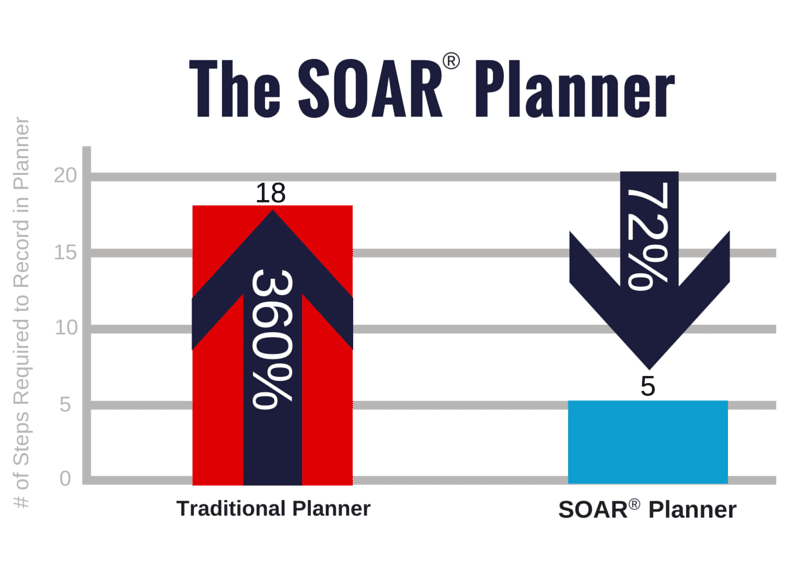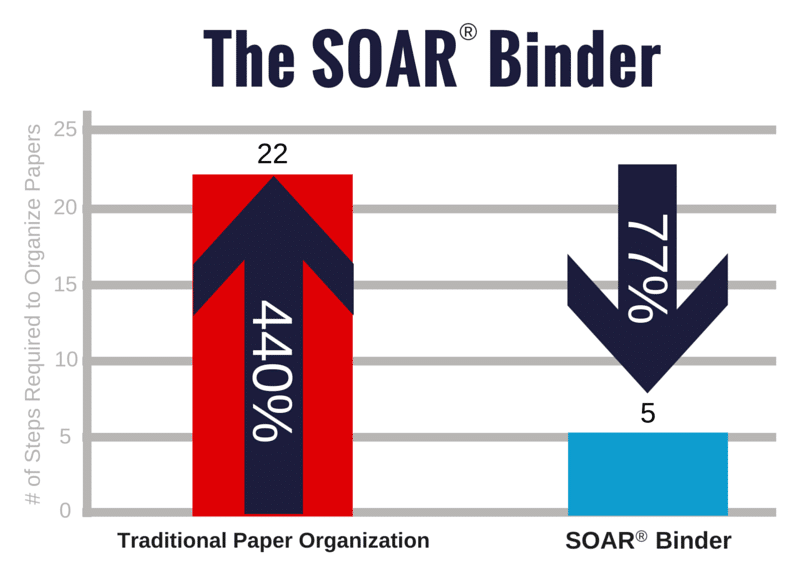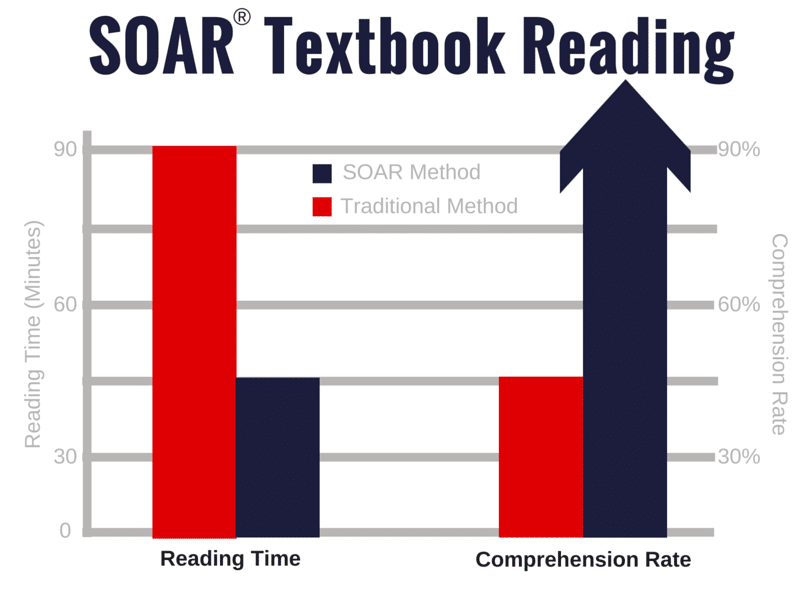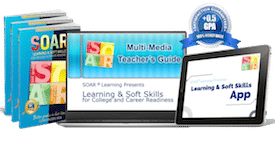Is Your Focus on ADHD or Autism?
A Day in My Life as a Classroom Teacher…
“Casey! Stop throwing your chair!”
“Sarah, where’s your homework?”
“Noah, where’s your pencil?”
“Caseeeeeeeeey! Put the chair down and get back to your seat!”
Sound familiar?
You have students that are easily distracted and unorganized. You might suspect it’s ADHD. (Or the executive function challenges of autism.) But you can’t share your suspicions with parents; that’s illegal. So, you dance around the issue as best you can.

Students with ADHD & Autism should not have to struggle with executive function! Strategies aligned to the circuitry of the ADHD & Autistic brain promote simple structure for success!
Meanwhile you’re expected to “solve” their problems. The burden of their success falls totally on your shoulders. You’re expected to “customize” everything for these students. But:
- That’s pretty much impossible. How many students do you have?
- The customized “solutions” don’t work consistently.
-and- - You wonder if you’re helping or hurting these students; the “real world” won’t customize everything for them!
In addition to your own frustration, your heart breaks for these students. You know they have potential. But they struggle. They are misunderstood. Especially, by themselves. They feel isolated and frustrated. “What’s wrong with me?” they wonder.
There Is Nothing Wrong with Your Students!
True, they may have a biological condition. But if they understood what’s happening in their brain, they could build effective detours around the challenges. (And they’d be far less harsh on themselves.)
If you understood what was happening in their brain, you could better support them, too. When strategies are aligned to the circuits of the ADHD and autistic brain, learning and organizing are successful.
The key to this alignment is extreme efficiency. “Extreme efficiency” is best for everyone, not just students with ADHD and autism…
…That means, effective solutions don’t require customization at all!
A Quick Trip Through an ADHD & Autistic Brain
You probably didn’t expect a “brain biology lesson” when you clicked on this page. But, the truth is, most people don’t really understand how ADHD or autism work. Most “ADHD/autism experts” don’t even understand the biology; they are experts only in the symptoms of the conditions. That may be helpful, but it leaves a lot of room for guessing about solutions.
A simple model will give you clarity, more than most experts have on how to navigate executive function challenges in the classroom.
The ADHD & Autism Circuit
ADHD and autism are caused by brain wires (neurons) not connecting properly. This is most often caused by a lack of electrical power in the brain.
Check out our videos that explain the ADHD Circuit & the Autism Circut:
The brain runs on electricity, just like your refrigerator. People who’ve experienced “brown-outs” know what happens when there is not enough electricity; their lights, fridges, and all other electrical appliances go out sporadically. The same thing happens in an ADHD and autistic brain; a low power supply means sections of the brain have “brown-outs.”

“Executive function” challenges of ADHD and autism are caused by a power outage in the brain, caused by inconsistent brain chemicals. (Similar to diabetes being caused by inconsistent insulin.) Without enough power, brain wires don’t connect.
It’s just snipping the wire on this circuit of lights;
the power goes out!
The brain gets its power from chemicals, such as: serotonin, dopamine, adrenaline, etc. But, some brains simply can’t produce enough brain chemicals. Or, they may struggle to regulate brain chemicals to maintain “normal” levels of connections. The result is ADHD or autism.
ADHD is caused by a low power-supply in just one region of the brain, the prefrontal cortex.
Autism is caused by inconsistent power in various regions of the brain. This is why autism is called a “spectrum” disorder. The different symptoms and severity of those symptoms depend on: the affected regions of the brain, the brain chemicals involved, and the amount of each chemical.
Executive function is managed by the prefrontal cortex. If someone with autism has challenges with “executive function,” the problem is happening in the same region of the brain that causes ADHD.
Are You Still with Me?
To recap, ADHD and autism are both caused by power outages in sections of the brain.
Effective management of ADHD –and the “executive function” challenges of autism—are about managing brain power. Why does this matter? Because, when you use less brain power, you will see better results!
How do you use “less brain power?” Willpower? Well, studies show that willpower provides only eight minutes of brain juice, at best. Expecting students to “tough their way through it” will never work.
The Key Is Super-Efficient Strategies
Strategies with as few steps as possible will use minimal brain power. For example…
You’ve passed out tonight’s homework. Jake, who has several late and missing assignments, grabs a sheet of homework.
**IF** Jake has the right folder for your class with him, you expect him to put the homework in that folder.
(If he doesn’t have the right folder in class with him, he’ll absent-mindedly stash the paper in the back of the closest notebook. Or, he’ll shove it in his bookbag –where it will fall to the bottom and get crushed into pulp. Or, he’ll shove it in a random pocket he’ll totally forget about at home, if he remembers he has homework when he gets home…)
But, let’s assume Jake actually has the right folder today. You think, “Just put it away; it’s one simple thing; put your homework in the folder.” However, to our brains, this task is much more.
Jake uses the traditional system of organizing papers into separate folders for each class. It will take at least 22 steps for Jake to get his paper in the right folder. See below…
It’s 440% more effective for the brain to use the more simple option. Jake will now be much more successful putting his papers away.
There’s another bonus… with only five steps, this process very quickly becomes a habit. “Habits” use far less brain power because they are so “automatic.”
But, wait! There’s more!
Jake can also streamline his supplies into one binder, not 12-18 folders and notebooks. Now, his success rate for having the “right folder” is nearly 100%.
The rest of your class benefits from this simplicity, too! Who doesn’t love “simpler, easier, faster?”
The benefits of “simpler, easier, faster” are not just limited to organizing papers. They extend to systems for tracking assignments, due dates, and activities.
Students also need to learn simpler, easier, faster ways to learn. (Remember, what’s best for students with ADHD/autism is best for all students. – no customization needed!)
To be clear, that’s “learning.” NOT memorizing. Students with ADHD/autism find memorization very challenging! Frankly, “memorizing” is generally useless in the real world, especially now with smart phones.
Again, brain biology helps us understand how to make learning most efficient; simply make connections.
Everything you’ve ever learned, was learned by connecting new information to something you already understood. When that happens, the brain literally uses power from existing neuron wires (things you already knew) to create new wires containing the “new information.”
Every time you learn something new, you change the structure and density of your brain. The same is true for your students with ADHD/autism. They thrive when they can make learning connections!
“Questions” are the best tool for making learning connections; “questions” are Miracle-Gro® for the brain. They activate several regions of the brain to search for an answer… a “brain connection.” Parts of the brain you can’t otherwise control are activated when you ask questions.
“Asking questions” is a simple strategy to learn. It can be used for every aspect of learning and communication.
“Asking questions” is the most efficient and effective strategy to:
- Build communication skills
- Dramatically improve reading comprehension and reading speed
- Improve attention in class
- Improve note-taking
- Study for tests
- Take tests
- Write organized essays and research reports
- Give effective presentations
The secret to organizing and learning successfully –for anyone—is simplicity. Simple, ultra-efficient strategies to manage supplies, assignments, due dates, and learn. NOT memorize, but learn new information and make meaningful connections with it.
What Can SOAR® Do For You?
Success is easier than you might think. With SOAR®’s brain based strategies, success is right around the corner.
Our Strategies Prove Efficiency = Success:
The SOAR® Planner system requires only 5 steps. The traditional method has at least 18 steps. That means the SOAR® Planner is 360% more efficient and therefore more effective…

The SOAR® Planner requires 72% fewer steps, making it 360% more efficient than traditional planner systems!
The SOAR® Binder system also requires only 5 steps. The traditional method has at least 22-steps. That means, the SOAR® strategy is 440% more efficient and therefore more effective…

The SOAR® Binder requires 77% fewer steps, making it 440% more efficient than traditional paper-organization systems!
After using the SOAR® strategy for reading textbooks, students report their reading time is cut by 50%! Reading time is cut in half plus their comprehension more than doubles!

The SOAR® strategy for reading textbooks cuts reading time by 50%, while comprehension more than doubles!
Efficiency and simplicity are the keys to success for students with ADHD/autism! SOAR® will allow them to do exactly that… succeed!
With the proper strategies and guidance for your students, the sky’s the limit! Set your students up for success with SOAR® today!
SOAR® Study Skills Received the Innovative Programs Award from CHADD!

SOAR® Study Skills received the “Innovative Programs Award” by CHADD, the world’s leading authority on ADHD!
Endorsed by Dr. Ned Hallowell
“Susan Kruger is an absolute genius. She’s made getting organized simple, which is the only way kids will stick with it, and she’s made it fun, which is a minor miracle. She’s tremendously innovative, creative, and wise. I can’t wait for the world to discover this amazing woman and all she has to offer!”
~ Ned Hallowell, M.D., Ed.D.
Leading ADHD Expert & Author of the Best-Selling Book, Driven to Distraction
There Is Only One Solution!
That solution…
- Is proven to raise student GPAs by an average of 1 full point!
- Has been declared 98.5% effective by teachers.
- Covers 100% of the Common Core Anchor Standards.
The Solution is the SOAR® Study Skills Curriculum, where students learn how to effectively:
- Identify students' strengths & “SuperPowers” (according to Gardner’s Theory of Multiple Intelligences)
- Set goals
- Establish priorities
- Manage time
- Organize papers, desks, lockers, & other space
- Speak & listen effectively
- Work with teachers & peers
- Read and understand textbooks
- Take notes
- Study for tests
- Write research papers
- Prepare for presentations
- Track long-term goals
The SOAR® curriculum is used in thousands of schools. SOAR® has been THE best-selling study skills book, in the world, since 2007!
Is Your Focus Also On…?
SOAR® Learning & Soft Skills Curriculum
The SOAR® Learning & Soft Skills curriculum includes our award-winning student workbook, student app, and popular Multi-Media Teacher's Guide. Explore the curriculum below...

Student App
Click here to access a video preview of the SOAR® Learning & Soft Skills Student App.
Multi-Media Teacher's Guide
Click here to access a video preview of the SOAR® Learning & Soft Skills Multi-Media Teacher's Guide.
Schedule Options for Teaching SOAR®
Wondering what the best way to structure your study skills class is? Click here for ideas.
Interested in Training?
SOAR® Learning & Soft Skills offers a variety of training options to meet your needs. Click here to learn more.
Teacher Survey
Do the teachers at your school think “study skills” can help your students? Print this survey and find out.
What Grade Levels Benefit from SOAR®?
To see a continuum matching age-appropriate skills to grades 4-12, click here.
We Offer a 100% Money-Back Guarantee

- a 0.5% GPA increase across your student body.
- a 20% improvement in student confidence and attitude, as measured by the pre and post Study Skills Scorecard.
- a 30% reduction in missing assignments.
…or we will issue a full refund, as part of our 100% satisfaction guarantee.
Pricing and Order Information
Click here to access updated pricing and ordering information.
Contact Us
Click here to contact us.
Get A Free Digital Review Copy
Fill out the form to the right to receive a preview of our award-winning SOAR® Learning & Soft Skills student book, student app, and Multi-Media Teacher's Guide.
Get a FREE Digital Review Copy
Includes Information on SOAR's #1 World-Wide, Best-Selling Learning & Soft Skills Curriculum
SK08182015
ADHD School Success Scorecard
Get Your FREE ADHD Success Scorecard and information to find your customized solution.
"*" indicates required fields
SOAR® in the News
The SOAR® Curriculum
The most critical learning, organizing, and communication skills needed for school. Learn more here.
Who’s Using SOAR®?
Click here to learn more.


 “Susan Kruger is an absolute genius. She’s made getting organized simple, which is the only way kids will stick with it, and she’s made it fun, which is a minor miracle. She’s tremendously innovative, creative, and wise. I can’t wait for the world to discover this amazing woman and all she has to offer!”
“Susan Kruger is an absolute genius. She’s made getting organized simple, which is the only way kids will stick with it, and she’s made it fun, which is a minor miracle. She’s tremendously innovative, creative, and wise. I can’t wait for the world to discover this amazing woman and all she has to offer!”


